#altes museum
Text

Carthaginian silver shekel
* 237-209 BCE
* Altes Museum, Berlin
Source: Sailko, CC BY 3.0 https://creativecommons.org/licenses/by/3.0, via Wikimedia Commons
84 notes
·
View notes
Text

A boy plays with a yo-yo. Tondo of an Attic red-figure kylix, artist unknown; ca. 440 BCE. Now in the Altes Museum, Berlin.
#classics#tagamemnon#Ancient Greece#Classical Greece#art#art history#ancient art#Greek art#Ancient Greek art#Classical Greek art#children in art#kylix#tondo#vase painting#red-figure#Altes Museum
543 notes
·
View notes
Text

Roman votive relief to Vesta 140-150 CE. Altes Museum.
"The chief of the Pontifices, the Pontifex Maximus, had the duty of expounding and interpreting the divine will, or rather of directing sacred rites, not only being in charge of public ceremonies, but also watching over private sacrifices, and preventing any departure from established custom, as well as teaching whatever was requisite for the worship or propitiation of the Gods. He was also overseer of the holy virgins called Vestals; for to Numa is ascribed the consecration of the Vestal virgins, and in general the worship and care of the perpetual fire entrusted to their charge. It was either because he thought the nature of fire pure and uncorrupted, and therefore entrusted it to chaste and undefiled persons, or because he thought of it as unfruitful and barren, and therefore associated it with virginity. Since wherever in Greece a perpetual fire is kept, as at Delphi and Athens, it is committed to the charge, not of virgins, but of widows past the age of marriage. And if by any chance it goes out, as at Athens during the tyranny of Aristion the sacred lamp is said to have been extinguished, and at Delphi when the temple was burned by the Medes, and as during the Mithridatic and the Roman civil wars the altar was demolished and the fire extinguished, then they say it must not be kindled again from other fire, but made fresh and new, by lighting a pure and unpolluted flame from the rays of the sun. And this they usually effect by means of metallic mirrors, the concavity of which is made to follow the sides of an isosceles rectangular triangle, and which converge from their circumference to a single point in the centre. When, therefore, these are placed opposite the sun, so that its rays, as they fall upon them from all sides, are collected and concentrated at the centre, the air itself is rarefied there, and very light and dry substances placed there quickly blaze up from its resistance, the sun's rays now acquiring the substance and force of fire. Some, moreover, are of the opinion that nothing but this perpetual fire is guarded by the sacred virgins; while some say that certain sacred objects, which none others may behold, are kept in concealment by them. What may lawfully be learned and told about these things, I have written in my Life of Camillus."
-Plutarch, The Life of Numa
#ancient rome#ancient greece#vesta#hestia#museums#altes museum#pagan#statue#sculpture#antiquities#classical antiquity#classical literature#classical art#history#plutarch#ancient history#2nd century
328 notes
·
View notes
Text

Columns at the Altes Museum. @berlintourismus @travelgraphics
#original photography#photographer on tumblr#landscape#pws photos worth seeing#clouds#altes museum#Old museum#museum island#landmark#building#berlin#germany#museums#architechture#lawn#sidewalk#brandenburg
21 notes
·
View notes
Text
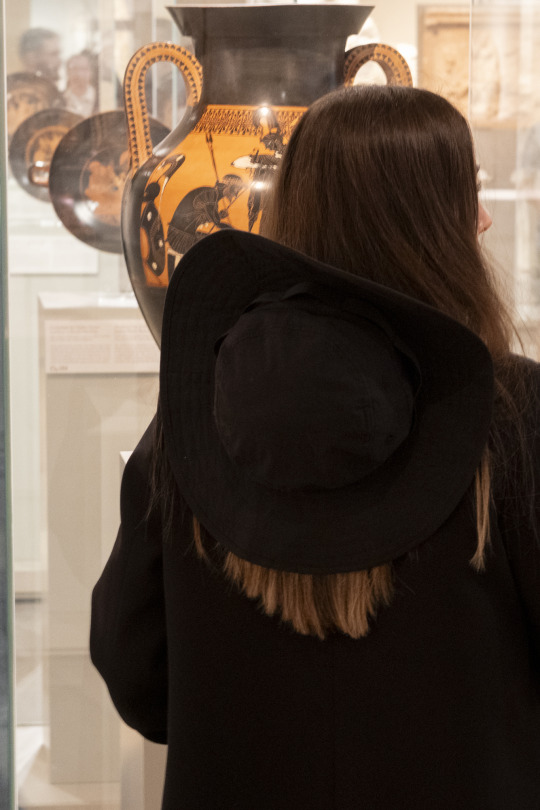
17 notes
·
View notes
Text
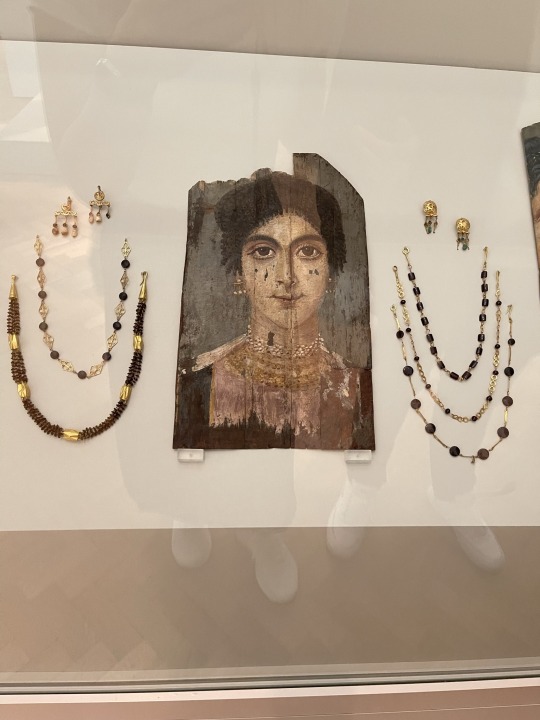

Altes Museum Berlin
#my travels#my photos#altes museum#berlin#germany#statues#greek statues#ancient history#travel blog#day at the museum#museum
10 notes
·
View notes
Text
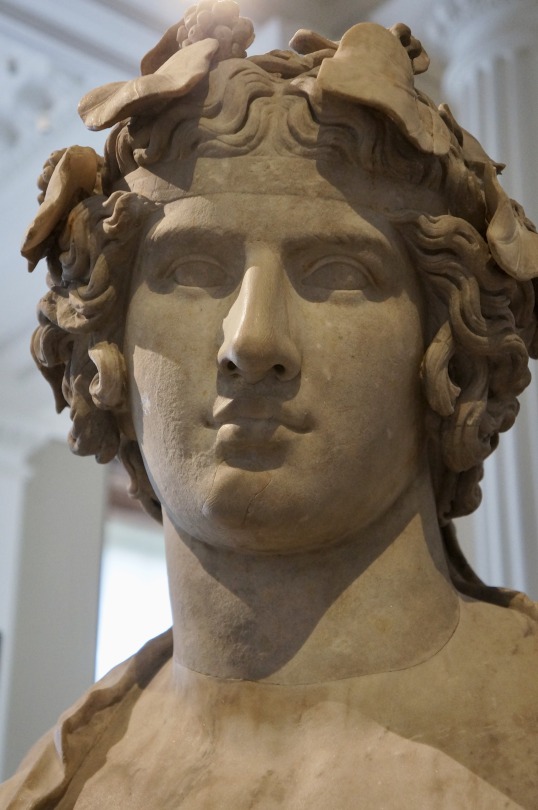
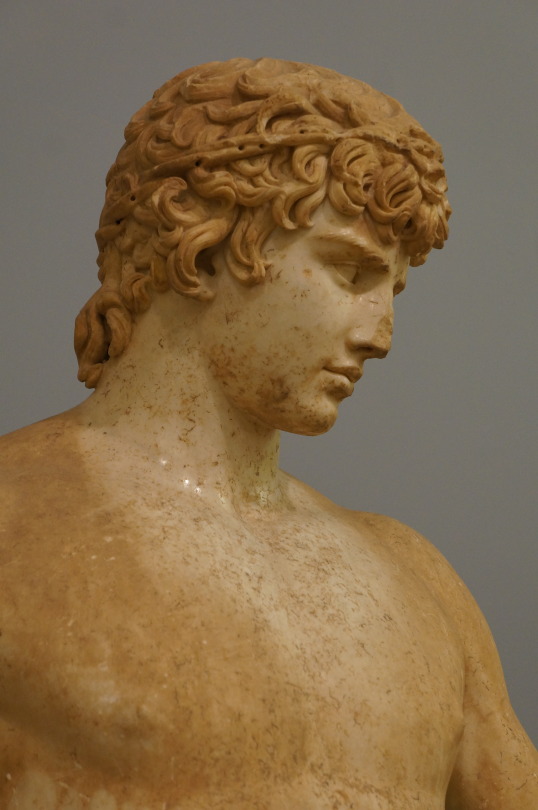
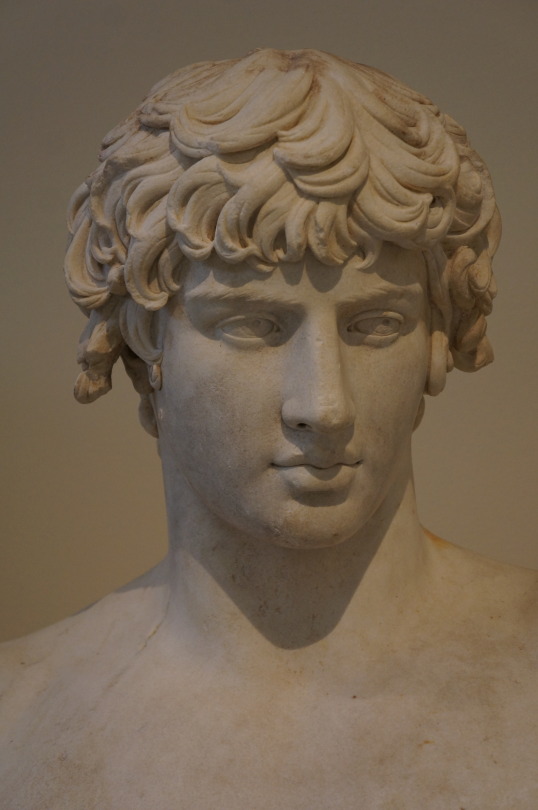



Antinous, around Europe
(Fitzwilliam Museum, Cambridge, UK; Delphi Archaeological Museum, Delphi, Greece; National Archaeological Museum, Athens, Greece; Altes Museum, Berlin, Germany; British Museum, London, UK; Ny Carlsberg Glyptotek, Copenhagen, Denmark)
#my little search game#makes museum visits so much more fun#mine#photography#antiquity#antinous#antinoos#hadrian#tagamemnon#statue#mythology#aesthetic#museum#classical mythology#ancient greece#ancient rome#fitzwilliam museum#delphi archeological museum#national archaeological museum#altes museum#british museum#ny carlsberg glyptotek
92 notes
·
View notes
Photo

Gold Hairnet, Dating to c. 3rd century BCE,
An intricate gold hairnet depicting Medusa that once belonged to a woman from the ancient Greek city of Taras in southern Italy. It is also adorned with dozens of garnets.
Altes Museum, Berlin,
Credit: @TheClassicalCo
#art#design#jewellery#jewelry#gold#hairnet#medusa#greece#taras#italy#garnet#altes museum#luxurylifestyle#mens style#history
41 notes
·
View notes
Text

Portrait of Cleopatra VII (c. 40-30 BCE)
Possibly discovered on the Via Appia between Ariccia and Genzano (Italy), marble
Altes Museum, Berlin (Germany)
#isaac.jpg#archaeology#museumsinsel#altes museum#classical archaeology#roman#sculpture#cleopatra vii#egypt
93 notes
·
View notes
Photo
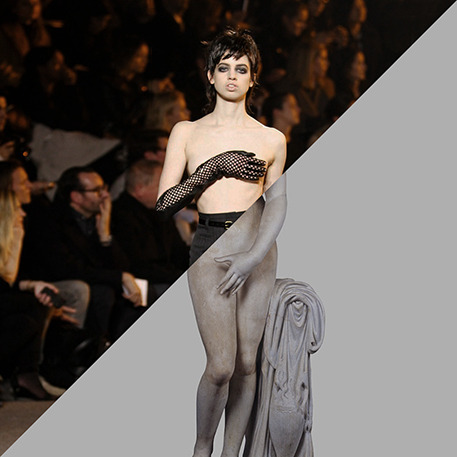
Lily McMenamy | Marc Jacobs, Runway Look for Fall 2013 ready-to-wear collection
VS
Venus Pudica, Type Capitol, 4th century AD
#Lily McMenamy#mj#marc jacobs#runway#fashion#clothes#clothing#ready-to-wear#venus#venus pudica#Aphrodite#statue#sculpture#marble#classic#classical#classic art#altes museum
106 notes
·
View notes
Text

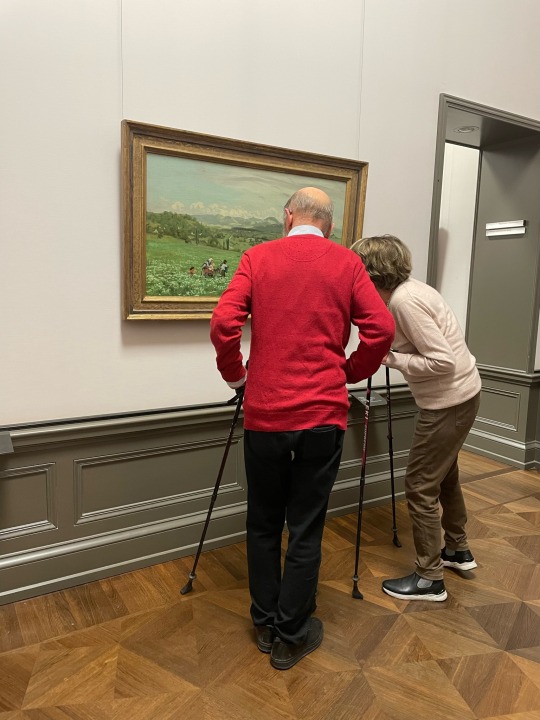
3 notes
·
View notes
Text

The so-called Severan Tondo. The Roman emperor Septimius Severus (r. 193-211 CE) and his wife Julia Domna are shown with their sons Caracalla (L. Septimius Bassianus) and Geta. Geta's face has been destroyed as part of the damnatio memoriae he underwent following his assassination by Caracalla. Tempera on panel, artist unknown; ca. 200 CE. Now in the Altes Museum, Berlin. Photo credit: © José Luiz Bernardes Ribeiro / CC BY-SA 4.0.
#classics#tagamemnon#Ancient Rome#Roman Empire#ancient history#Roman history#Severan Dynasty#Septimius Severus#Julia Domna#Caracalla#Geta#art#art history#ancient art#Roman art#Ancient Roman art#Roman Imperial art#tondo#tempera on panel#Altes Museum#Antikensammlung Berlin
185 notes
·
View notes
Text

#altes museum#berlin#museum#museumsinsel#statue#biologyfiction#photographers on tumblr#original photographers#original content
3 notes
·
View notes
Text
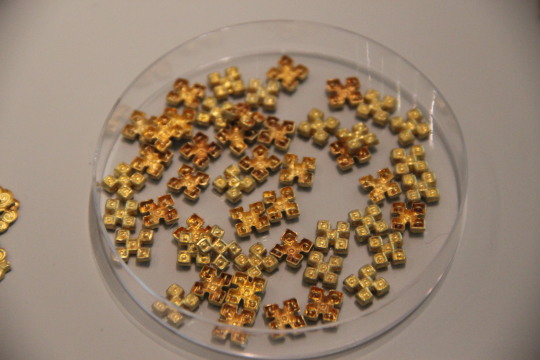

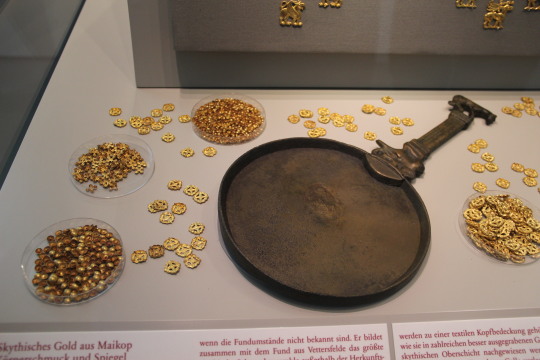
Scythian gold from Maikop of squared elements and sun crosses 7th-4th C. BCE. Images from Gary Todd's flickr, Altes Museum.
22 notes
·
View notes

